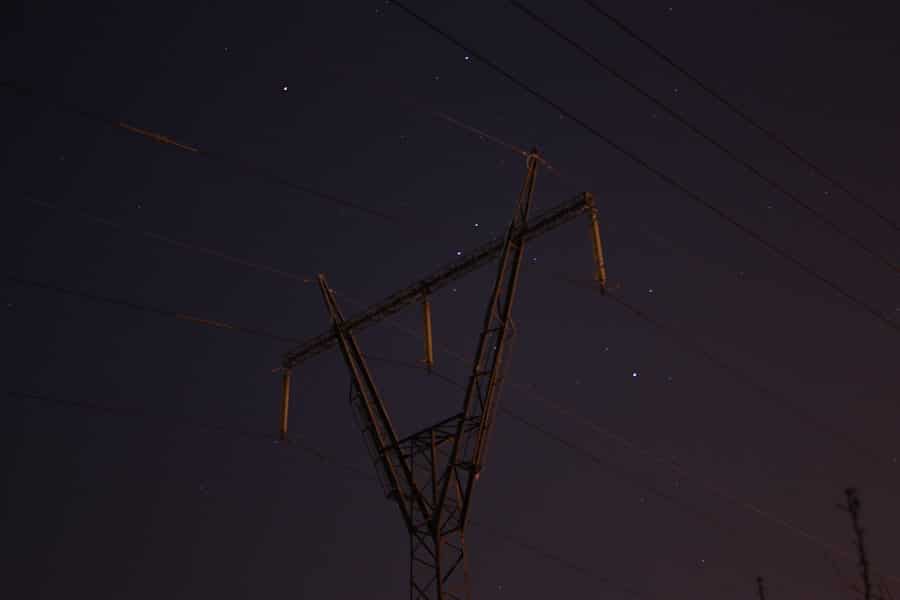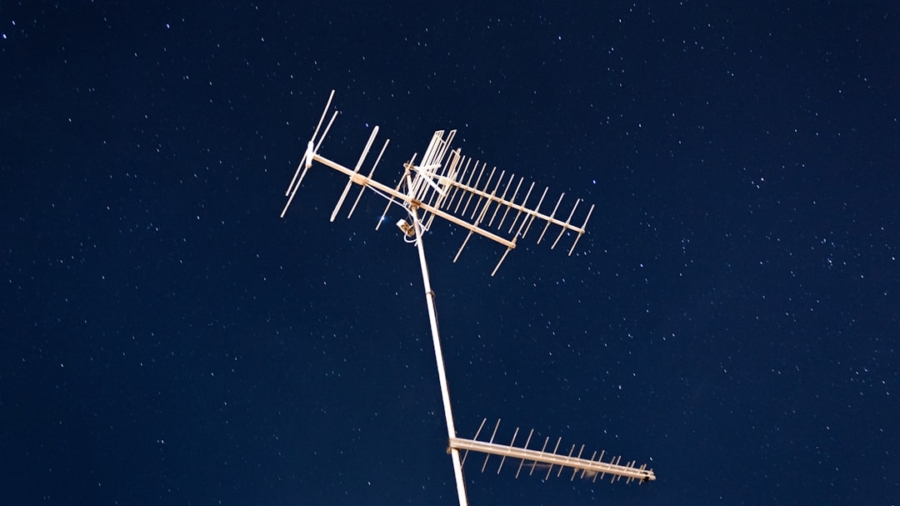Satellite navigation has revolutionized the way we perceive and interact with our environment. At its core, satellite navigation refers to the use of satellite systems to determine precise locations on Earth. This technology has become an integral part of daily life, influencing everything from personal navigation to global logistics.
However, it is just one component of a broader array of satellite-based navigation systems that include GLONASS from Russia, Galileo from the European Union, and BeiDou from China. The significance of satellite navigation extends beyond mere convenience; it has profound implications for various sectors, including transportation, agriculture, and emergency response.
The ability to pinpoint locations with remarkable accuracy has transformed industries, enabling efficiencies that were previously unimaginable. As we delve deeper into the mechanics and applications of satellite navigation, it becomes evident that this technology is not merely a tool for navigation but a cornerstone of modern infrastructure and societal function.
Key Takeaways
- Satellite navigation is a technology that uses satellites to provide autonomous geo-spatial positioning with global coverage.
- Satellites play a crucial role in GPS systems by providing accurate and reliable positioning, navigation, and timing services.
- Advancements in satellite technology, such as the development of Galileo and BeiDou, have improved the accuracy and reliability of satellite navigation systems.
- Satellite navigation is revolutionizing agriculture and farming by enabling precision farming techniques and increasing productivity.
- In transportation and logistics, satellite navigation systems are used for route optimization, vehicle tracking, and fleet management, leading to improved efficiency and cost savings.
The Role of Satellites in GPS Systems
Satellites play a pivotal role in the functioning of GPS systems, forming a constellation that orbits the Earth and transmits signals to receivers on the ground. A typical GPS system consists of at least 24 satellites, strategically positioned in six orbital planes to ensure that at least four satellites are visible from any point on the planet at any given time. Each satellite continuously broadcasts a signal that includes its location and the precise time the signal was transmitted.
By triangulating signals from multiple satellites, a GPS receiver can calculate its exact position in three-dimensional space. The accuracy of GPS is influenced by several factors, including atmospheric conditions, signal obstructions, and the geometry of satellite positions. For instance, when satellites are clustered closely together in the sky, the potential for error increases due to poor geometric dilution of precision (GDOP).
To mitigate these issues, advanced algorithms and correction techniques are employed, enhancing the reliability and precision of location data. Additionally, modern GPS systems incorporate technologies such as Differential GPS (DGPS) and Real-Time Kinematic (RTK) positioning to achieve centimeter-level accuracy, which is essential for applications requiring high precision.
Advancements in Satellite Technology for Navigation

The evolution of satellite technology has significantly enhanced the capabilities of navigation systems. One notable advancement is the development of multi-frequency signals. Traditional GPS systems primarily operated on a single frequency, which limited their accuracy due to signal interference and atmospheric delays.
However, modern satellites now transmit signals across multiple frequencies, allowing receivers to correct for these errors more effectively. This multi-frequency approach not only improves accuracy but also enhances resilience against jamming and spoofing attempts. Another significant advancement is the integration of satellite-based augmentation systems (SBAS).
These systems provide additional correction data to improve the accuracy and reliability of satellite navigation. For example, the Wide Area Augmentation System (WAAS) in North America and the European Geostationary Navigation Overlay Service (EGNOS) enhance GPS signals by providing real-time corrections based on ground-based reference stations. This technology is particularly beneficial for aviation and maritime navigation, where precision is critical for safety and operational efficiency.
Satellite Navigation in Agriculture and Farming
In agriculture, satellite navigation has ushered in an era of precision farming, where farmers utilize GPS technology to optimize their operations. By employing GPS-guided equipment, farmers can achieve unprecedented levels of accuracy in planting, fertilizing, and harvesting crops. For instance, tractors equipped with GPS can follow pre-defined paths with minimal overlap or gaps, ensuring that every inch of land is utilized efficiently.
This not only maximizes yield but also reduces waste and minimizes environmental impact. Moreover, satellite navigation enables farmers to implement variable rate technology (VRT), which allows for tailored application of inputs such as fertilizers and pesticides based on specific field conditions. By analyzing data collected through satellite imagery and GPS positioning, farmers can identify areas that require different treatment levels.
This targeted approach not only enhances crop health but also contributes to sustainable farming practices by reducing chemical usage and promoting soil health.
Satellite Navigation in Transportation and Logistics
The transportation and logistics sectors have been profoundly transformed by satellite navigation technology. Fleet management systems leverage GPS to track vehicles in real-time, optimizing routes and improving delivery times. Companies can monitor their assets’ locations, ensuring efficient use of resources while minimizing fuel consumption and operational costs.
For instance, logistics giants like FedEx and UPS utilize sophisticated GPS tracking systems to streamline their operations, allowing for timely deliveries and enhanced customer satisfaction. In public transportation, satellite navigation has improved service reliability and efficiency. Buses and trains equipped with GPS can provide real-time updates to passengers regarding arrival times and delays.
This transparency enhances user experience and encourages public transport usage as commuters can plan their journeys more effectively. Furthermore, ride-sharing services like Uber and Lyft rely heavily on GPS technology to connect drivers with passengers efficiently, revolutionizing urban mobility.
Satellite Navigation in Disaster Management

In disaster management scenarios, satellite navigation plays a crucial role in coordinating response efforts and ensuring effective resource allocation. During natural disasters such as hurricanes or earthquakes, accurate location data is essential for emergency responders to assess damage and deploy aid effectively.
Additionally, satellite navigation aids in search and rescue operations by providing precise coordinates for stranded individuals or lost vessels. For example, during maritime emergencies, vessels equipped with GPS can relay their positions to rescue teams, significantly reducing response times. Furthermore, governments and organizations utilize satellite data to develop early warning systems for disasters like tsunamis or floods, enabling timely evacuations and minimizing loss of life.
The Future of Satellite Navigation Technology
As we look toward the future of satellite navigation technology, several trends are poised to shape its evolution. One significant development is the integration of artificial intelligence (AI) with navigation systems. AI algorithms can analyze vast amounts of data from various sources—such as traffic patterns, weather conditions, and historical trends—to optimize routing decisions dynamically.
This capability could lead to more efficient transportation networks and improved safety outcomes. Moreover, advancements in miniaturization and cost reduction are making satellite technology more accessible than ever before. Small satellites or CubeSats are being deployed in constellations to provide global coverage at a fraction of the cost of traditional satellites.
These smaller satellites can be launched more frequently, allowing for rapid updates and improvements in navigation services. Additionally, the rise of Internet of Things (IoT) devices will further integrate satellite navigation into everyday life, enabling seamless connectivity between devices and enhancing location-based services.
The Impact of Satellites on Precision Navigation
The impact of satellites on precision navigation cannot be overstated; they have fundamentally altered how we navigate our world. From enhancing agricultural practices to optimizing transportation logistics and improving disaster response efforts, satellite navigation technology has become indispensable across various sectors. As advancements continue to unfold—driven by innovations in technology and increasing demand for precision—satellite navigation will undoubtedly play an even more critical role in shaping our future interactions with the environment around us.
The ongoing development of this technology promises not only greater accuracy but also enhanced safety and efficiency across numerous applications, solidifying its place as a cornerstone of modern society.
In the realm of technological advancements, the article “How Satellites Are Enhancing Precision in Navigation” highlights the pivotal role satellites play in refining navigational accuracy. A related piece that complements this discussion is the article on the Samsung Galaxy Book2 Pro, which delves into how cutting-edge technology can unlock new potentials in various fields. The Samsung Galaxy Book2 Pro, with its advanced features, serves as a testament to how modern devices are increasingly integrating with satellite technology to offer enhanced user experiences. For more insights, you can read the full article here.
FAQs
What is satellite navigation?
Satellite navigation is a system that uses satellites to provide autonomous geo-spatial positioning with global coverage. It allows small electronic receivers to determine their location to high precision using time signals transmitted along a line of sight by radio from satellites.
How do satellites enhance precision in navigation?
Satellites enhance precision in navigation by providing accurate and reliable positioning information. They do this by transmitting signals that can be received by GPS receivers, which then use the information to calculate the receiver’s precise location, speed, and time.
What are the benefits of using satellite navigation for precision in navigation?
Using satellite navigation for precision in navigation offers several benefits, including improved accuracy, reliability, and global coverage. It also allows for real-time tracking, which is essential for applications such as aviation, maritime navigation, and land surveying.
What are some examples of how satellite navigation is used to enhance precision in navigation?
Satellite navigation is used in a wide range of applications, including car navigation systems, precision agriculture, emergency response, and location-based services. It is also crucial for military and defense operations, as well as for scientific research and exploration.
How does satellite navigation differ from other forms of navigation?
Satellite navigation differs from other forms of navigation, such as traditional map reading or dead reckoning, in that it relies on signals transmitted by satellites to determine precise location and timing information. This allows for greater accuracy and reliability, especially in remote or challenging environments.

